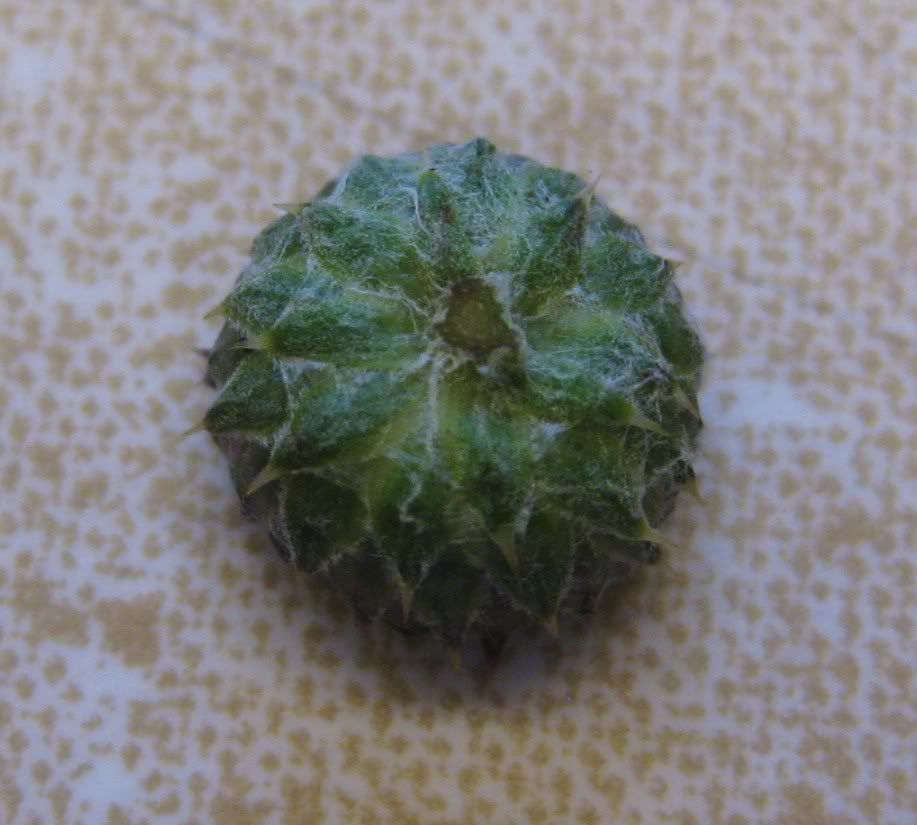ASTERACEAE (COMPOSITAE) - Composite or Aster family
---
Tribe Astereae
Green involucral bract are characteristic of this tribe.
The members of this tribe lacks receptacular bracts and are said to have naked receptacles.
And they have alternating leaves.
Tribe Anthemideae
Species from this tribe can be found throughout the world. The alternating leaves in the above plant is characteristic of this tribe.
The fragrant Chrysanthemum sp. are often seen as a ornament, but they can have other uses as well. eg. Chrysanthemum tea.
The species from this tribe also have green bracts but they are often overlap in several series. The dry and papery edges of the bract can be another identification characteristic.
Tribe Cichorieae
A longitudinal section through a flower of Taraxacum officinale (dandelion). All of the flowers seem here are ligulate flowers, not disk flowers. Also note the white latex on the damaged receptacle.
The milky latex is characteristic of this tribe.
A ligulate flower from the above dandelion.
The syngenesious anthers were carefully taken apart from the corolla tube and the filaments (formerly attached to the wall of the corolla tube) are revealed.
A mature achene and its prominent beak (the long, narrow structure which joins the spiky achene to the fluffy pappus).
The fruit type of a sunflower is cypsela.
A cypsela that has been opened.
Tribe Cynareae
The species in this tribe often have spines (thistles) making them undesirable to handle.
Tribe Cynareae be identified by their spine tipped bracts (much like the outer layer of a pineapple).
The forking stigma and ring of hair on the style is another characteristic of this family; although they may be hard to spot.
Tribe Senecioneae
To identify this members of this tribe, look for the positioning of the involucral bracts. One main series of involucral bracts of equal length are at the top of the composite flower. A few other are scattered throughout. The involucral bracts are often back-tipped.
Tribe Heliantheae
Dahlia sp. are mostly used for decorative purposes.
A longitudinal section through the above flower. The ray flowers themselves do not form fruits, rather they are "showy" and act like petals to attract insects for pollination.
The ray flowers do not have any reproductive bits and are considered sterile or neutral.
A disk flower with both pistil and stamens.
Dahlia sp. are mostly used for decorative purposes.
A longitudinal section through the above flower. The ray flowers themselves do not form fruits, rather they are "showy" and act like petals to attract insects for pollination.
The ray flowers do not have any reproductive bits and are considered sterile or neutral.
A disk flower with both pistil and stamens.























No comments:
Post a Comment